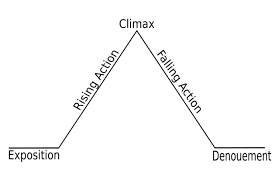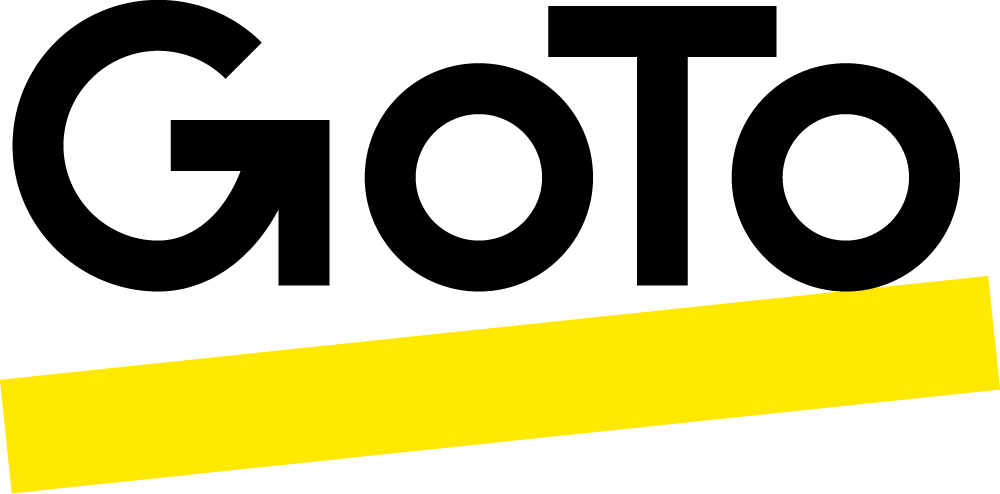The 2017 Content Preferences Survey Report reported that 78% of buyers have used a case study for a B2B purchasing decision. Whether you’re a large or small B2B company, that means that most of your prospective customers will check out your case studies. When they do, will they be impressed?
These tips will help your B2B company ask clients the right questions so you can write a compelling case study—with a healthy dollop of “money” quotes.
Plot driven questions
A case study tells a story. Too often B2B content is not engaging or relatable, so it’s important to use all the tips and tricks possible. For telling a compelling story, defer to the experts: Aristotle and Freytag.
We’ve all seen some version of the pyramid plot structure: an introduction, rising action, climax, falling action, and conclusion. Many famous (and terrible) works of art neatly fit within this plot structure—and that includes a well-written B2B case study.

To holistically represent the western plot structure your audience expects, ask your client questions for each stage of the plot. Adapting this to our B2B case study, it looks something like this:
- Introduction
- Problem
- Selection Process
- Implementation
- Conclusion
#1. Introduction
What do you do?
When were you founded?
How many people work for you?
Do you have any awards or special interests?
It’s best to spend a few minutes warming up your client before you start to ask the harder questions. Surprisingly, many case study questionnaires exclude proper queries for an introduction. Go ahead and do research before an interview to get to know your audience, but always include “introductory” questions. Authentic and candid quotes come from comfortable and confident clients. A sure way to make someone comfortable is letting them talk about themselves and gush about their company.
#2. Problem
What were you using before?
What issues were you having?
A case study fails without conflict, and the best conflict is a vivid appeal to emotion. These questions will help you discover the basic problem in this story, but try to get your client to give you illustrative language—like funny or horrifying incidents. When the client responds with rote phrases like, “we didn’t have any leads,” press for details and descriptions, like “one week the phone didn’t even ring once. It rang once the next week, but it was just a telemarketer.”
#3. Selection
What other solutions did you consider?
Why / how did you decide to go with us?
A handful of companies jousting for your client’s business is the climax of the narrative. And guess what? Out of those companies, you’re the victor. History is written by victors, so put yourself in the best light. Discover all the reasons that your client went with your company—spare no detail or praise!
#4. Implementation
When did you deploy our solution?
How did it go?
Were there challenges?
How did we address those challenges?
Set the proper client expectations for deployment. If your solution requires time and effort to implement, include that in the B2B case study. Otherwise, prospective clients will expect an instantaneous and miraculous fix.
Also during implementation, problems arise. That’s fine, as long as you explain in the case study how your company solved those problems. Don’t be afraid of a little conflict here and there. Highlighting your problem-solving skills and dedication to your customers puts you in a positive light.
#5. Conclusion
What advantage did our solution give you?
How did it make work life better or easier?
What are the top three reasons you would recommend us?
Similar to when you asked questions to illustrate the problem, you want illustrative and engaging examples of how your company saved the day. The most convincing case studies provide hard evidence. Qualitative results. Not all employees will have access to hard facts, like statistics, so there’s a chance that you may need to get the hard numbers from another employee at your client’s company.
Interview Tips
It’s okay to rephrase and repeat questions
Sometimes you’ll ask a question, but you won’t get the response you’re looking for. That’s okay. You can fix this naturally in two different ways. First, repeat the question later in the interview. Perhaps the interviewer wasn’t ready for the question, or they were distracted by something else going on in the interview.
Second, rephrase the question. You’ll be amazed how restructuring a question yields new results. Just say “let me rephrase the question.” By saying “let me rephrase the question,” you’re admitting that you messed up, which prevents your client from feeling responsible or uncomfortable about the miscommunication.
Don’t be afraid of silence
For those “money” quotes, give your client space to talk—or rather, silence to talk. If you provide ample, patient silence, your client will naturally fill it up. And the more they talk, the more material you have to work with. That’s why silence is a great technique to get those “money” quotes.
Also, don’t be afraid of silence after you ask a question. A good question requires thought. Instead of panicking by talking nonsense or moving on to another question, sit through five or eight seconds of silence. Give your client time to gather their thoughts. If the silence exceeds ten seconds, then rephrase the question.
Listen for “money” quotes
In a live interview, you won’t get catchy “money” quotes right off the bat. A “money” quote often needs refining, and as an interviewer, you need to give your client the time and opportunity to do that. Talking to a videographer and testimonial pro, Stephen Durr, he recommends the following technique:
“It’s important to listen for those golden answers. And when they come, study them. If they’re full of ums, ahs, awkward phrasing, or run-on sentences, simply pose the question to them again. This gives them the opportunity to refine their answer so it’s perfect to spotlight.”
—Stephen Durr, LMI Marketing Videographer
The power of a B2B case study
It’s a certainty that a prospective client will peruse your B2B company’s case study. Make the right impression on those prospective customers with a gripping B2B case study. To write a gripping case study, focus on plot-driven questions and conversational interview techniques. If you do it right, you’ll end up with a case study that converts and includes powerful “money” quotes.






